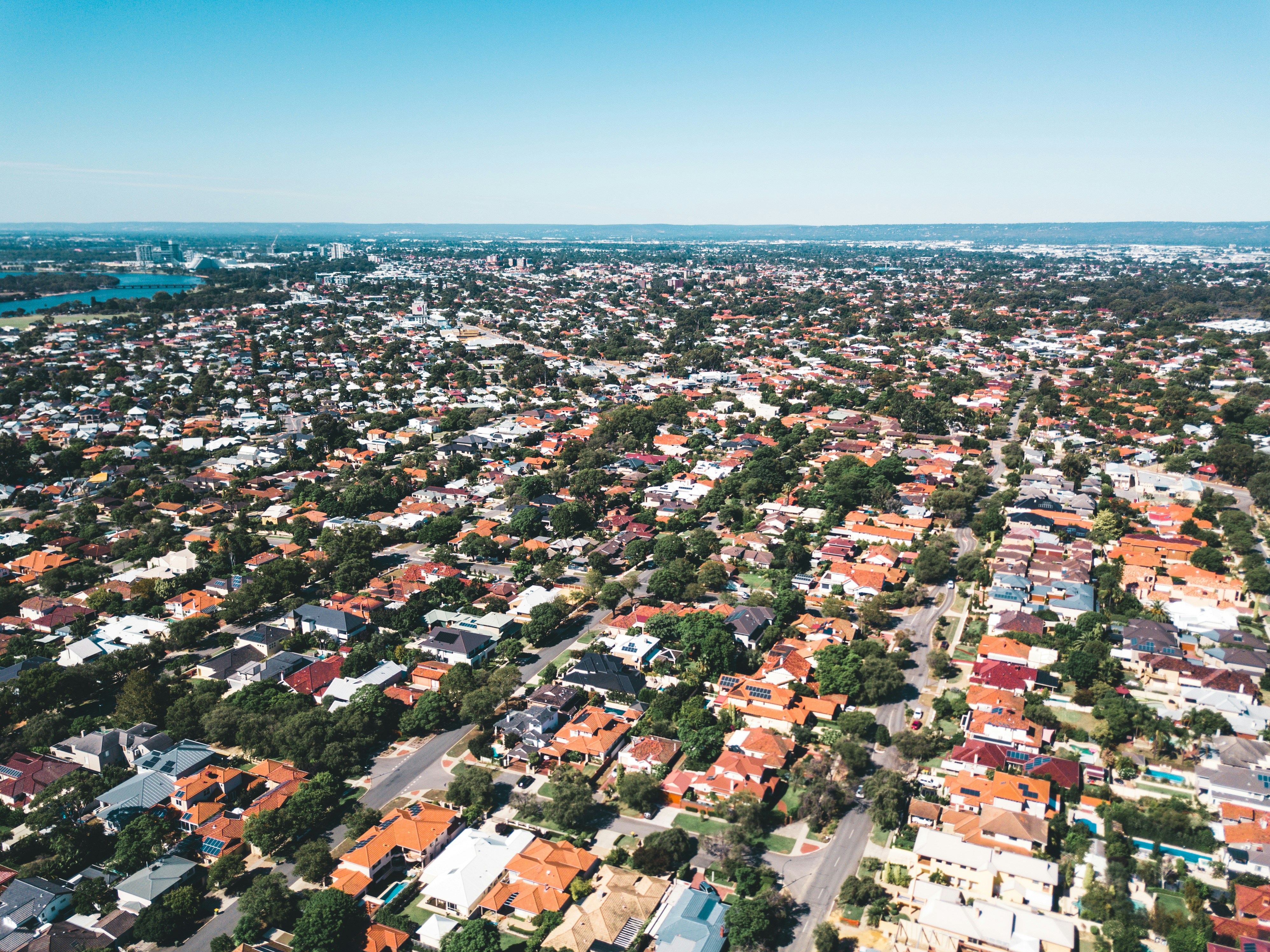On Tuesday, the RBA increased the cash rate for the second time in a row, by 50 basis points.
It’s the biggest rate hike since February 2000, when the cash rate was 5.50%, and also the first consecutive rate rise in 12 years.
In this newsletter, we’ll take you beyond the media headlines and break down what this really means for property investors.

- Duplexes are experiencing a surge in popularity, with Sydney’s outer south west region recording over 200% growth in building approvals for semi-detached homes.
- Brisbane and Adelaide have emerged as the top performers in the real estate market in May, amid rising interest rates and economic pressures.
- On top of rate rises, ANZ and NAB have tightened their lending rules, making it tougher for people with high debt-to-income ratios to access credit.
Facts of the week

- Property investors took out $11.08 billion worth of new investment home loans in April 2022, according to the Australian Bureau of Statistics. While this is 4.8% lower than the previous month, it’s a significant 37.1% higher than April 2021.
- The volume of investor external refinancing fell by 7.3% to $5.25 billion in April 2022, but was still up by 10.8% in the past year.
Diving Deeper
- Higher interest rates were almost a given - the 0.1% cash rate had to go up eventually. But with the RBA facing a balancing act between reining in surging inflation and protecting economic growth, the big question is this: how fast will they lift rates?
- The fact that they began with a smaller 25 basis point increase in May, when they were considering a 40 basis point increase, illustrates just how delicate the RBA’s challenge is. They’re also considering the high levels of debt taken on when interest rates were at historic lows, which would make any sharp rate movements all the more potent on household budgets.
- The economy grew by 0.8% in the March quarter and 3.3% year-on-year — this was better than the expectations of many economists and the RBA’s forecasts, and was a factor in the central bank’s decision, according to its statement.
- We’re still moving away from the “emergency level” cash rate cuts put in place during the pandemic. In its statement, the RBA confirmed it would “take further steps in the process of normalising monetary conditions in Australia over the months ahead”. In other words: expect more rate hikes.
- Mortgage rates, especially fixed rates, have been rising well before the May cash rate hike; interestingly, the central bank is playing catch-up with what the big banks are doing.
- Westpac was the first to respond, announcing on Tuesday evening that it would pass on the rate rise to customers in full, coming into effect on 21 June 2022. The rest of the big 4 banks followed suit on Wednesday, effective 17 June 2022.
- CBA, NAB and Westpac are forecasting another 50 basis point increase in July, while ANZ expects a more standard 25 basis point rise next month.
What does this mean for you?
- To put this week’s rate rise in perspective, the cash rate in May 2019 was 1.50%. The cash rate now as of June 2022 is 0.85%. In other words, the current cash rate is just over half of what it was 3 years ago.
- As a property investor, it’s important to keep sight of what you can control. It’s impossible to control property values and interest rates but you do have control over your financing and investment strategy, including how you structure your loans and repayments, as well as the decision to hold or grow your portfolio.
- It’s also vital to keep a level head. Interest rate predictions are running wild and they’re being covered heavily by the media. Some market watchers are predicting interest rates will reach as high as 3.5% by next year — a level that the Barefoot Investor says is unlikely as it would require 13 more rate hikes in almost as many months.
- As banks were offering extremely low fixed rates in 2021, many borrowers will be exiting fixed rates in droves in 2023, what some are calling a “mortgage cliff”. But the good news is they’ll have the next 12 months or so to plan their next move before their repayments increase.
- As inflation surges, so does the appeal of real estate as an investment option as people look for ways to protect their money from devaluation. Couple that with 15.5% growth in rents across the capital cities in the past year, according to SQM Research, and we can assume proactive investors will see this as an opportunity.
- Additionally, a supply shortage will help prevent larger price falls and it’s likely that advertised listings will fall as vendors will be reluctant to sell their properties during a market downturn. Those who can afford their mortgage repayments may choose to hold their property until prices pick up again.
Prices at a glance
Houses

Units

Brisbane, Adelaide and Hobart saw values climb across both houses and units. For a second month in a row, Adelaide property values grew the fastest across the capital cities for both houses & units.
Over the year, Sydney’s median house price eased from 17.1% in April to 12.0% in May. Melbourne’s house prices saw a comparatively steadier decrease rate in the past 12 months, from 10.1% down to 6.9%. Brisbane’s annual house value growth also slowed but is still above 30%.
Interestingly, across all markets except Adelaide and Darwin, unit markets performed better than that of houses.
The capital city average values are starting to decline in both house and unit markets. Regional dwelling prices are still growing, albeit at a slower pace of 0.5% in May compared to 1.4% in April.












